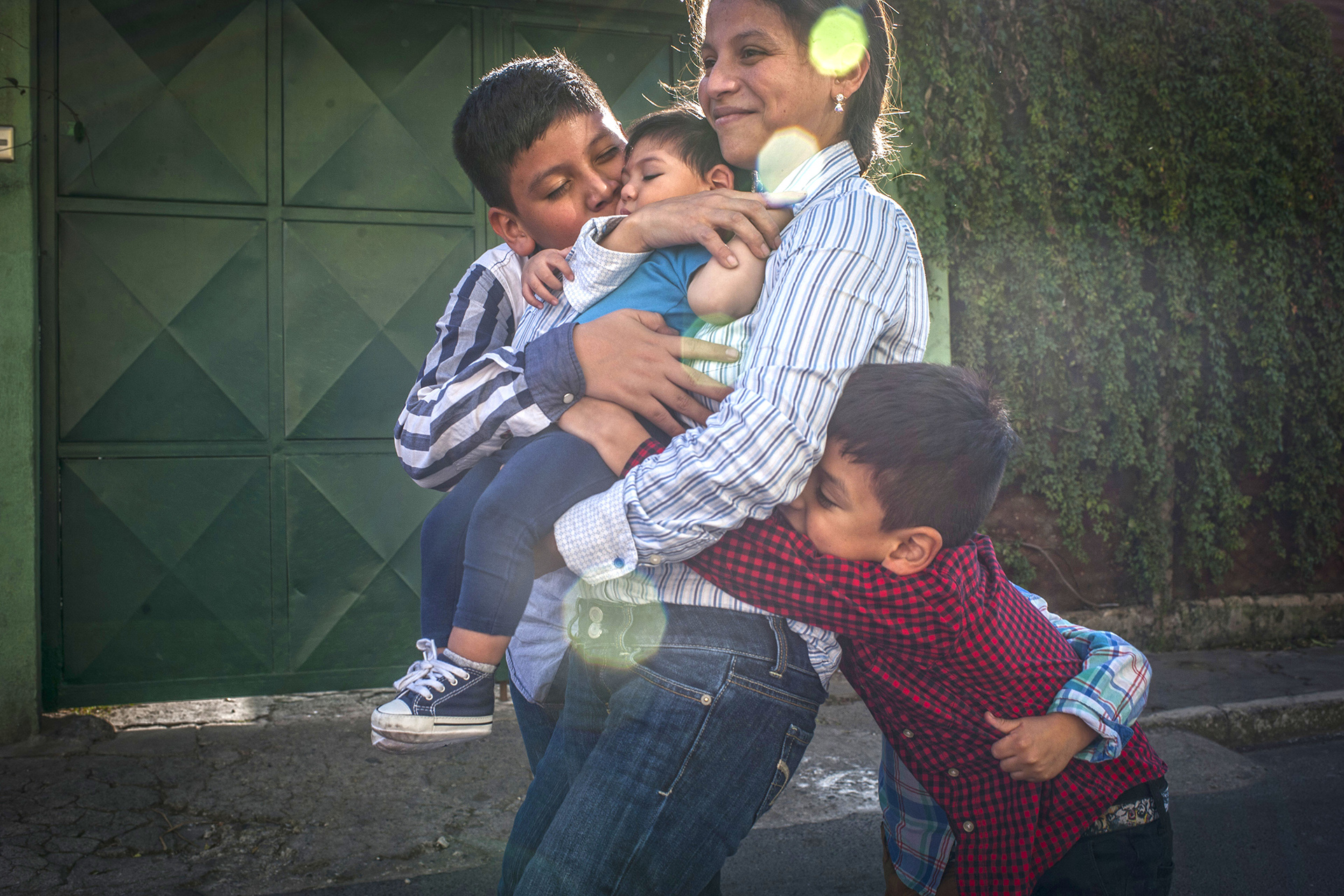Nutrition indicators are important, albeit not the whole story. Driven by evidence, SUN aims to understand how countries are building the systems needed to tackle malnutrition: how diverse groups are coming together on shared platforms, what laws are being passed, what programmes implemented, and how much money is being spent.
Defeating malnutrition, united with multiple sectors and stakeholders in a truly coherent approach, is no longer an abstract aspiration – it is the new normal.
SUN Movement 2015 progress report
SUN countries are breaking down boundaries between sectors and stakeholders, developing a systems approach to nutrition. Each of the 62 SUN countries lead their own unique national SUN Movement, where actors are joining forces for joint advocacy, alignment, and investment in adapting successful strategies for eliminating all forms of malnutrition.
Across the board, countries that joined the SUN Movement early (2010-2011) consistently show higher performance in all domains than latter joining countries. However, whereas most people have reported their work as completed (or nearly) in bringing people together and ensuring a coherent policy and legal framework, slower progress have been seen in aligning actions around common results and scaling up resources.
SUN countries are bringing thousands of stakeholders, and the right stakeholders, to the table for lasting impact.
At the end of the second phase, the majority of SUN countries have the right policies, plans and systems in place for scaling up nutrition, but the scaling up, alignment and disbursement of funding remains a major challenge for many SUN countries. Since 2014 SUN countries have been asked to self-assess their advancement towards our strategic objectives, known as the SUN Movement Joint-Assessment, which – despite COVID-19 – an impressive 49 SUN countries undertook between August and October 2020.
